Spruce "Little jam": description, planting, care and reproduction
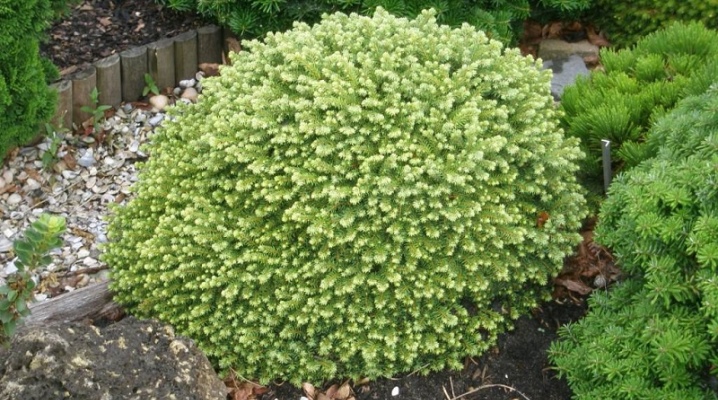
Spruce is a coniferous evergreen tree that belongs to the Pine family. Currently, there are about 40 types of different spruce trees with a beautiful crown. They can be either high (up to 97 m in height) or low (up to 45 cm). The second group includes a variety of ordinary spruce "Little Jam".
History
It is believed that the Little Jam spruce arose as a result of a natural mutation of the famous German variety Nidiformis. It happened in the 50s of the XX century in one of the nurseries in Holland. The tree immediately attracted the attention of breeders with its non-standard appearance. It looks very much like a seated hedgehog with green thorns.
In 1965, this spruce was already available for planting in the Netherlands.

Appearance
The description of the common spruce "Little jam" often begins with the fact that it is a miniature tree shaped like a ball. As the tree grows, the crown becomes cushion-shaped. The height of a small needle-like beauty does not exceed 50 cm, the diameter is no more than 1 m.This is a slow-growing spruce, which grows only 2 cm per year.
This variety is characterized by short, dense branches that are slightly raised upwards. Young needles have a light green color, and last year's ones are always dark green. The needles are very small - from 2 to 5 mm. They are thin and very densely located on the branches. This spruce never forms cones.
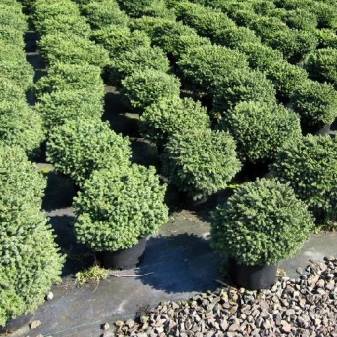

The necessary conditions
In order for Little Jam spruce to feel comfortable on your garden plot or in a container, you need to consider the following points.
- The soil. This variety loves loose, loose, fertile soils. They should be medium-acid sandy loam or loamy. Do not plant in an area with stagnant groundwater. With dense heavy soil, a layer of sand or expanded clay several centimeters thick is placed during planting. The soil should be regularly loosened not very deeply for better air access to the roots.
- Watering. In dry weather, water should be regularly watered, while ensuring that water does not fall on the needles. On hot days, water once a week using 10-15 liters of water. Remember, excess moisture is not good for eating. This increases the risk of damage to the tree by various fungi.
- Lighting. Fir "Little Jam" is a light-loving tree, but it can grow in partial shade. He needs direct sunlight for several hours a day.

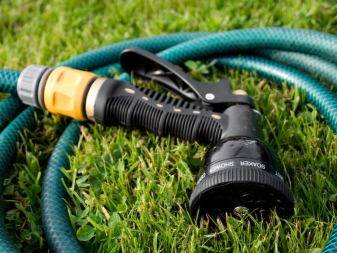
How to plant correctly?
The depth of the planting hole should correspond to the size of the root system (approximately 50-70 cm). It is recommended to apply a special fertilizer for conifers to the soil. The seedling is placed in the center on a small earthen elevation, then the roots are spread along the earthen mound and directed downward, the root collar should be at ground level. After planting is finished, you need to pour 2-3 buckets of water on this place.
If you are planting several spruces, then the distance between them should be 2-3 meters.
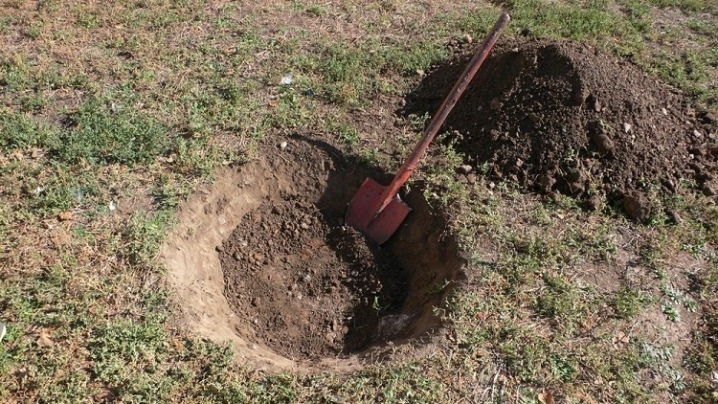
How to care?
Caring for Little Jam spruce is not difficult, but it requires compliance with certain conditions.
- Despite the general frost resistance, young spruces should be covered with spruce branches for the winter, since frost can leave unattractive spots on the crown.
- The tree needs to support the crown for the winter so that the fragile twigs do not break under the weight of the snow.
- Landing is desirable from early March to late November.
- Pruning should be carried out in late spring - early summer, when the movement of the juice will not be active.
- Plant your spruce tree protected from strong winds. The root system of the tree is close to the surface and it may fall.
- In hot weather, spray this variety with cool water in the evening.
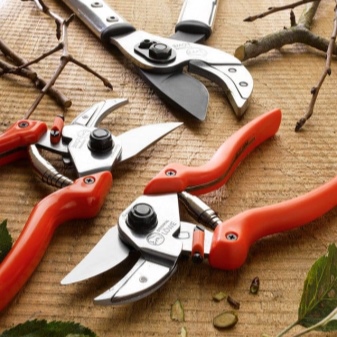

Cuttings
Little jam spruce is most often propagated by cuttings, because the result is a new tree, which is a complete copy of the mother tree. Lignified lateral one- or two-year-old shoots are taken as cuttings. They must certainly have a dormant apical kidney. In the spring, before the buds begin to bloom, the shoots must be removed with a pruner or a sharpened knife. The ideal cutting length is 7-10 cm.
The end of the shoot is recommended to be dipped in a special growth stimulator and then planted in a substrate. It is made from sand and perlite or from a mixture of sand and peat (3: 1). Then the cutting should be sprinkled and covered with a film to retain moisture. It is recommended to make holes in the foil for air intake.
If the temperature under the film is above 25 degrees Celsius, the shoots will die.
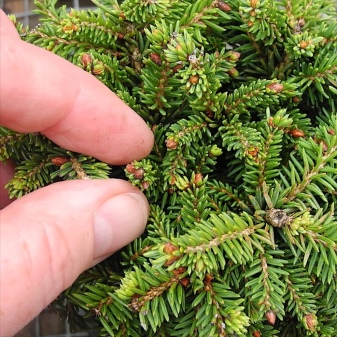

Possible diseases
This type of spruce can be affected by some pests and fungi. The insects and microorganisms present can be identified by the following features.
- Spruce aphid. Yellow spots appear on the needles, and the tree begins to dry out. The presence of aphids can also be determined by the appearance of ant colonies.
- Spruce mite. It gives itself out as brownish spots on the needles facing the sunny side.
- False shield. Young trees turn brown and stop growing.
- Hermes. Seals are formed on the branches, resembling unopened cones.
- Sawfly. Small caterpillars and small cobwebs appear on the needles.
- Mushrooms. External manifestation of mycelium against the background of waterlogged soil.
To fight these diseases is most effective with special insecticides. Fungi can also be dealt with by treating spruce with copper sulphate or organic fungicides.
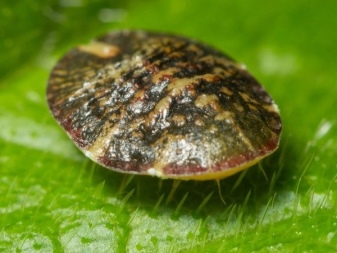
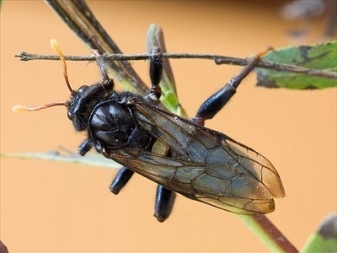
Decorative application
In landscape design, this variety is used to create rocky, oriental and heather gardens. Spruce favorably emphasizes the beauty of other conifers and herbaceous plants. It is often planted in rock gardens and rose gardens, cultivated as an object for bonsai. They are used for both single and group placement in the form of a hedge. These spruces are successfully grown in flowerpots on balconies and roofs, at the front entrances. Little jam is an unpretentious and very decorative tree. It will feel great both in the container and among other plants in the garden. In addition, seedlings of this variety are inexpensive and can be easily planted on your own.
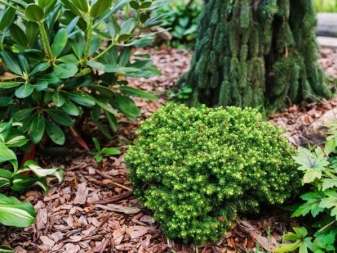
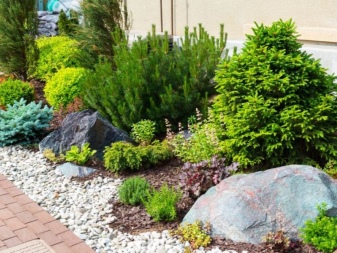
In the next video, you will find more information about the Little Jam spruce.



































































The comment was sent successfully.